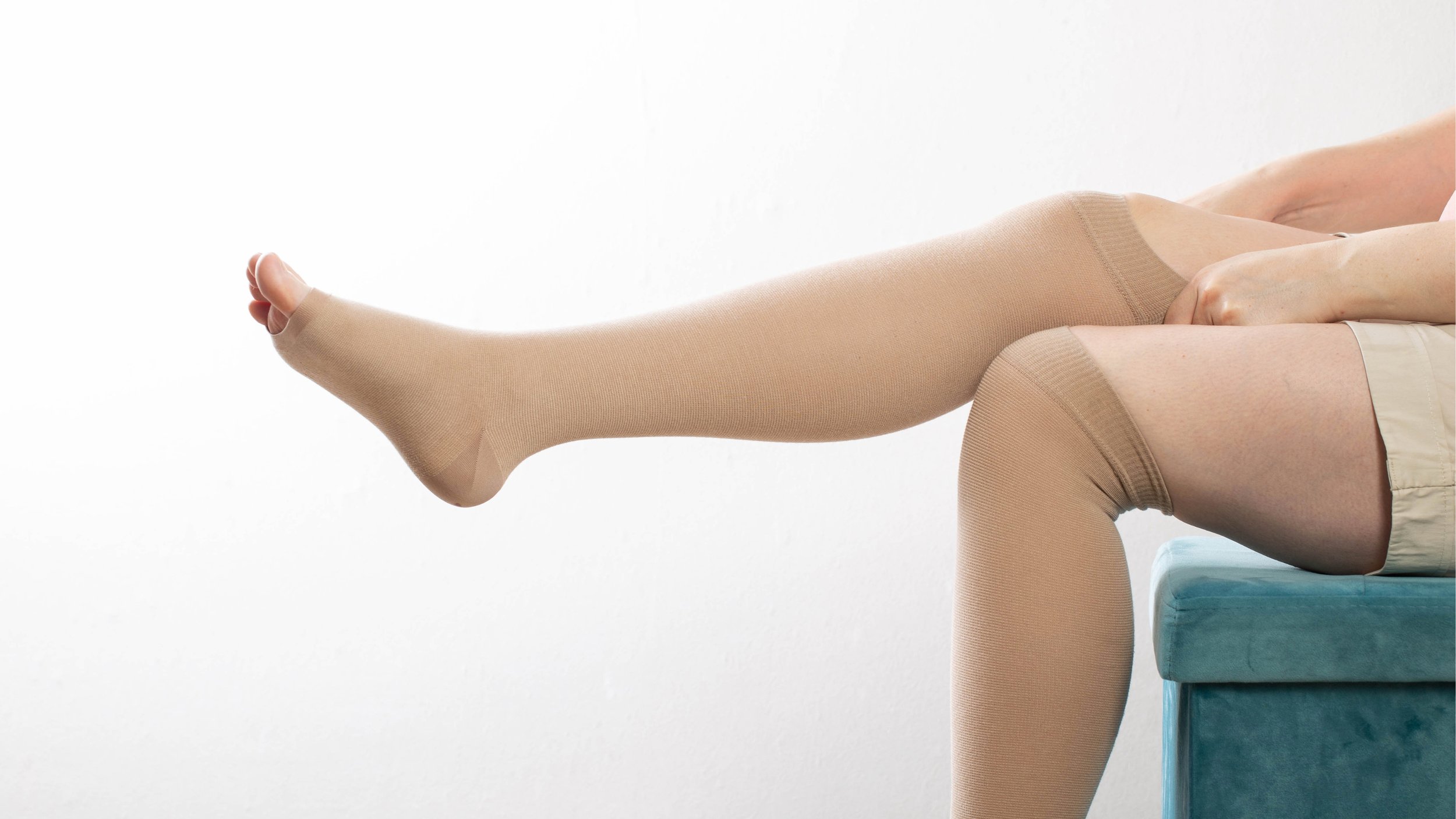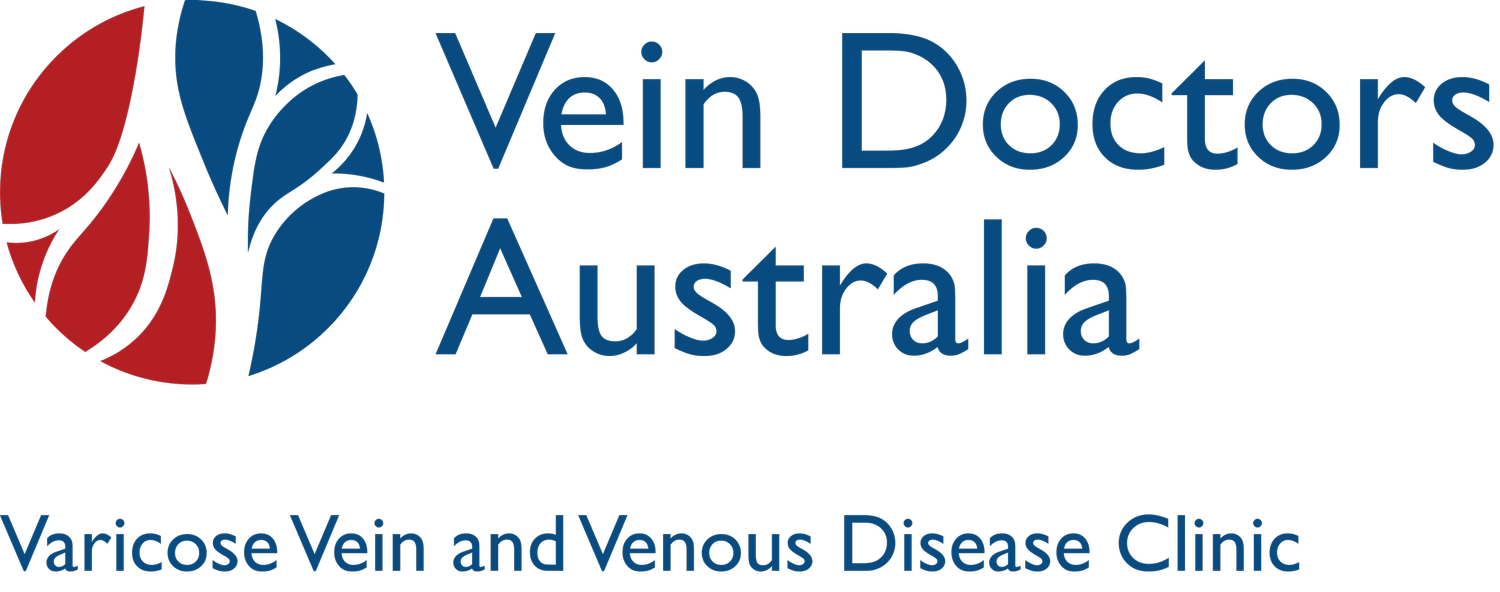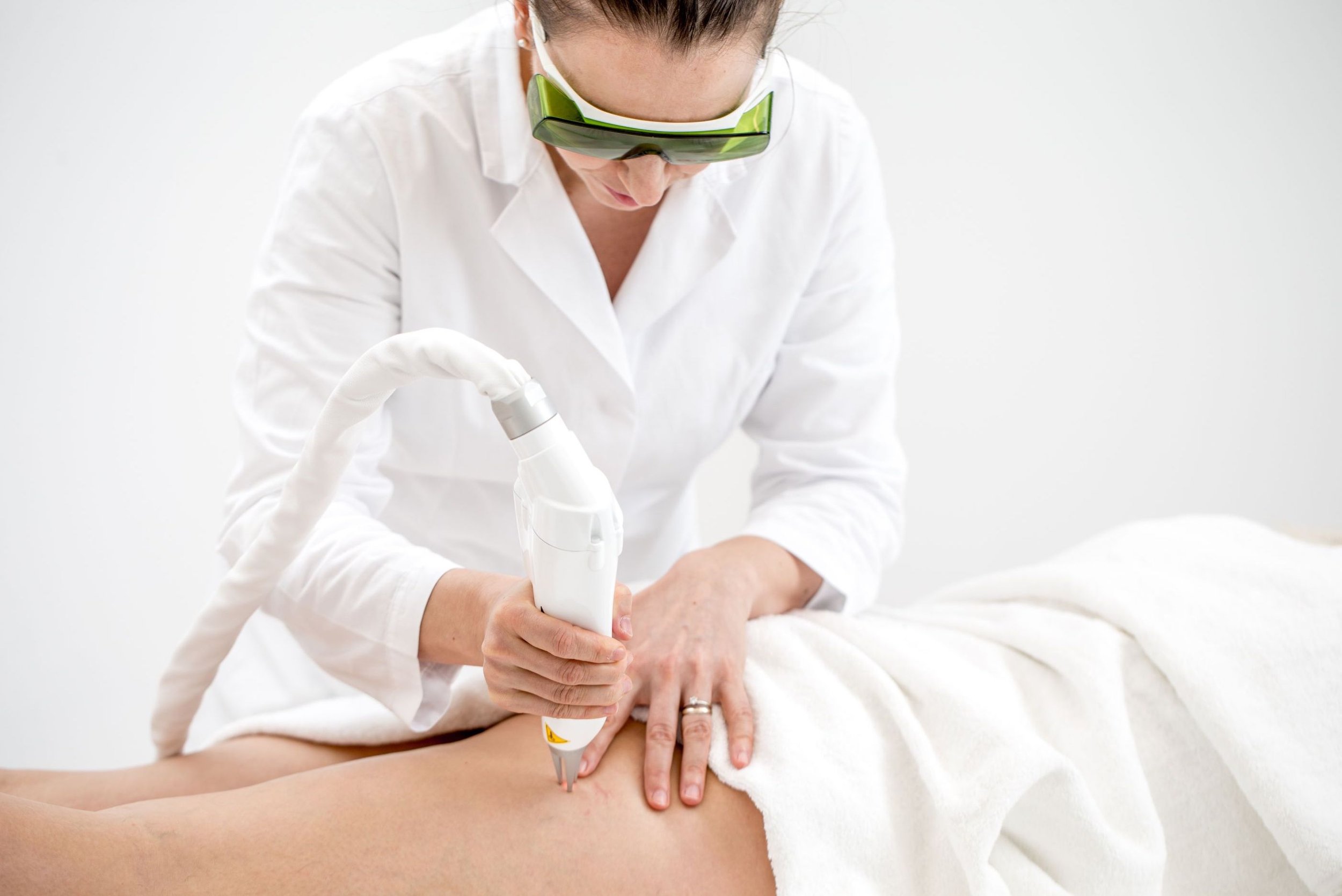
Services
Varicose Veins
Varicose veins are enlarged, twisted veins that often appear blue or purple and can be seen beneath the surface of the skin. They may represent an underlying venous issue such as venous incompetence, and can lead to leg swelling, aches and pains, and sometimes skin changes and ulceration. After an ultrasound assessment, they can be treated with a combination of endovenous thermal ablation, foam sclerotherapy, and direct sclerotherapy. Sclerotherapy is usually performed in a doctor's office and does not require anesthesia. It is often used with ultrasound guidance.
It is a safe and effective treatment that can improve the appearance of varicose and spider veins, as well as alleviate associated symptoms such as pain and swelling.
Spider Veins
Spider veins, also known as telangiectasias, are small, dilated blood vessels that appear near the surface of the skin. Spider veins are often found on the legs, but can also appear on the face or other parts of the body. They are generally harmless, but can cause discomfort, and in some cases, may be a symptom of an underlying circulatory issue.
They are usually managed via sclerotherapy, or with a vascular laser.
Venous Incompetence
Venous incompetence, also known as venous insufficiency, is a condition where the veins in the legs are unable to properly return blood to the heart. This occurs when the valves in the veins become damaged or weakened, leading to blood flowing in the wrong direction and pooling in the legs.Venous incompetence can cause symptoms such as spider veins, varicose veins, swelling, pain, and skin changes, including ulcers. It can be caused by a variety of factors such as genetics, obesity, pregnancy, heavy sport or prolonged standing.It can be managed with minimally invasive techniques such as endovenous thermal ablation, sclerotherapy and compression stockings.

Sclerotherapy
Sclerotherapy is a medical procedure used to treat varicose veins and spider veins. It involves injecting a solution (sclerosant) directly into the affected vein, which causes the vein to collapse and eventually fade from view. The sclerosant can either be in a liquid, or a foam preparation. The solution irritates the lining of the blood vessel, causing it to swell and stick together, which ultimately leads to the closure of the vein.
Sclerotherapy is usually performed in a doctor's office and does not require anesthesia. It is often used with ultrasound guidance.
It is a safe and effective treatment that can improve the appearance of varicose and spider veins, as well as alleviate associated symptoms such as pain and swelling.
Endovenous Thermal Ablation
Endovenous thermal ablation is a minimally invasive medical procedure used to treat varicose veins when an underlying venous incompetence has been identified.
It involves using heat generated by a laser (Endovenous Laser Ablation -EVLA) or radiofrequency energy (Endovenous Radiofrequency Ablation- EV-RFA) to close off the affected vein, causing it to collapse and eventually be absorbed by the body.
This procedure is minimally invasive using keyhole surgical techniques. It is typically performed under local anesthesia and can often be done on an outpatient basis. It has been shown to be a safe and effective alternative to traditional surgical treatments for varicose veins.
Patients are typically able to go back to work and everyday activities the same or the next day!
Vascular Laser
Vascular laser is a non-invasive procedure that uses varying types and strengths of focused light energy to target and destroy small surface blood vessels. The procedure is typically quick, safe, and effective, with little to no downtime. However, results may vary depending on the severity and size of the spider veins.
It is typically reserved for small spider veins, broken capillaries, and facial veins, with sclerotherapy being the more successful treatment option for larger veins.

Deep Vein Thrombosis
Deep vein thrombosis (DVT) is a condition in which a blood clot forms in one of the deep veins in the body, most commonly in the legs. DVT can be a serious medical condition that requires prompt treatment, as it can lead to complications such as pulmonary embolism, a potentially life-threatening condition in which the blood clot travels to the lungs.
The treatment options for DVT typically involve the use of anticoagulant medications (blood thinners) to prevent the blood clot from growing or breaking off and traveling to other parts of the body. These medications may include heparin, warfarin, or newer direct oral anticoagulants (DOACs).
In some cases, mechanical devices may be used to prevent blood clots from forming, such as compression stockings or pneumatic compression devices. In rare cases, surgical intervention may be necessary to remove the blood clot.
Venous Ulceration
Venous ulcers are a type of chronic wound that develops in the lower leg, ankle or foot and are often associated with chronic venous insufficiency. Venous insufficiency occurs when the veins in the legs have difficulty returning blood back to the heart, leading to blood pooling in the legs and causing increased pressure in the veins.
This increased pressure can damage the small blood vessels and capillaries in the skin, causing a breakdown of skin tissue and the development of an open sore or wound. Venous ulcers can be painful, itchy, and difficult to heal, often taking several weeks to months to heal completely. They can also lead to infections and other complications if left untreated.
Treatment for venous ulcers typically involves managing the underlying venous insufficiency with Endovenous Thermal Ablation, sclerotherapy, and compression therapy to reduce swelling and improve blood flow.
Venous Sonography
Vein Doctors Australia has the benefit of having a trained vascular sonographer on site to perform venous scans and assist with procedures.
Some services they may provide include:
- Deep and Superficial venous mapping
- Deep vein thrombosis duplex assessment
- leg oedema vascular assessment
- Venous insufficiency assessment
- Pelvic Vein venous disease assessment
- Superficial Thrombophlebitis assessment
Referrals or walk in patients for venous duplex ultrasonography are also provided and welcome.











